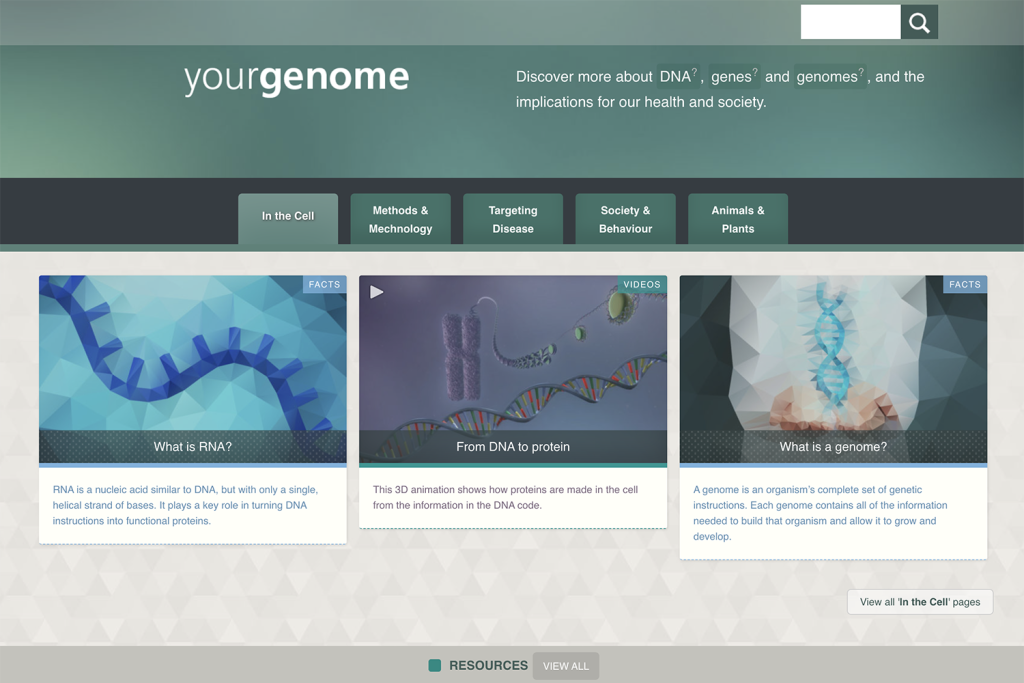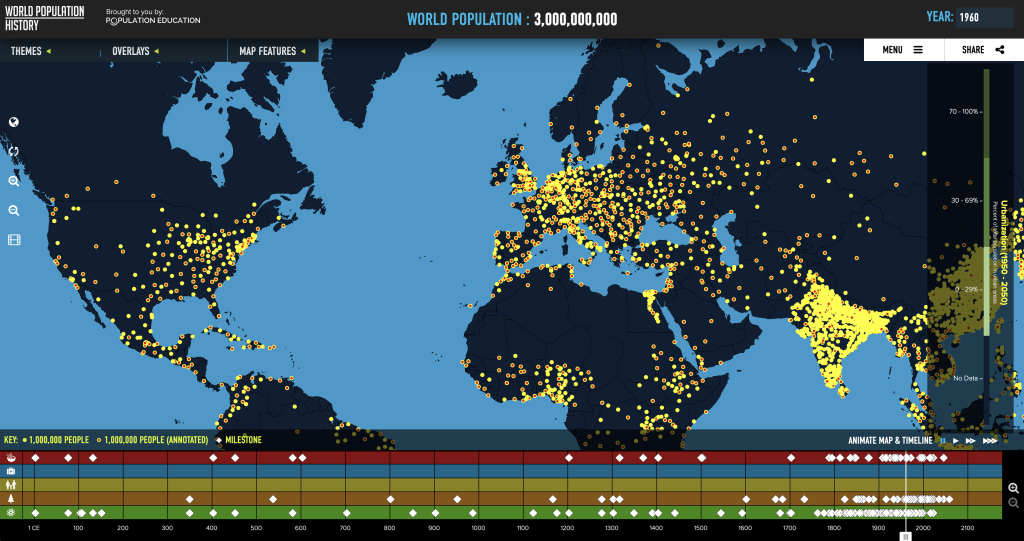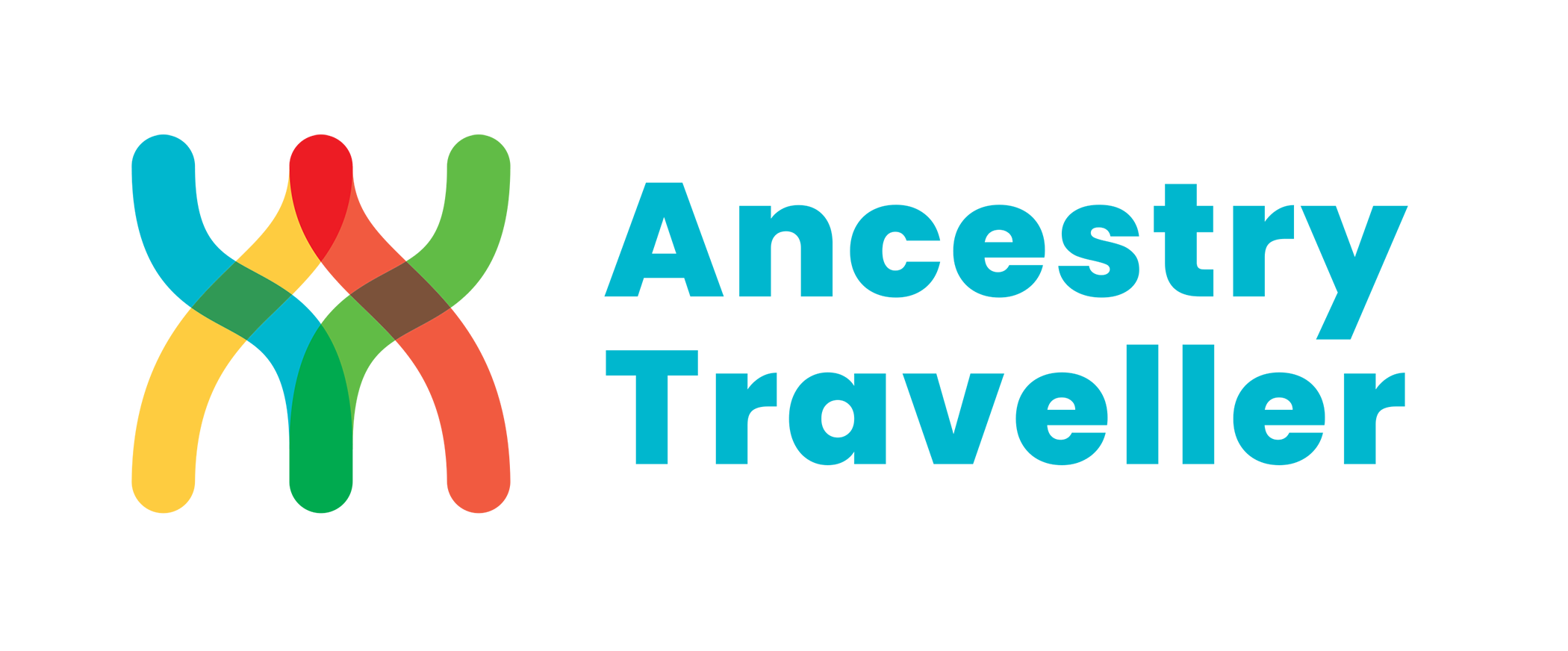Suggestions
Here you can find a wide range of high-quality resources for human genetic diversity or other related topics.
In this section, you will find a useful list of educational resources about genetics, history, and genealogy suggested by our team.

Yourgenome
Yourgenome.org, a website developed by the Public Engagement Team and scientists at the Wellcome Genome Campus from the UK, aims to provide an accessible and entertaining guide from basic biology to challenging ethical issues. The up-to-date website provides key facts about genomics, and what genetics can tell us about an individual and a population, with videos, 3D animations, activities, and short stories created by experts into advances in research and the implications in healthcare and our society.
Recommended by Veronica Fernandes

Magellan 500
A page that compiles the activities coordinated by the Mission Structure of the 500th Anniversary of the First Circumnavigation Voyage. The extensive celebration program for the 500th Anniversary of Magellan’s Voyage included various initiatives from civil society, selected through contests, awards, and public calls, aligned with the priorities of the Magellan’s Voyage 500th Anniversary program. The program was comprehensively executed, resulting in a collective embrace of the celebrations, covering different sectors of Portuguese society (scientific, cultural, non-governmental organizations, and the business sector). Find here news and links to a variety of projects.
Recommended by Julio B. Santos

The infinities of the human genome
A TEDx presentation by Luísa Pereira, project coordinator, on the infinite potential of the human genome to generate diversity. Luísa Pereira is a researcher and group leader at i3S – Instituto de Investigação e Inovação em Saúde and investigates genetic diversity in populations from Europe, Africa, the Arabian Peninsula, America and Asia, to infer the past and the evolution of human beings. In this presentation, Luísa Pereira explains how the study of modern humans makes it possible to recover the memory of evolution. She also reveals that one of the main drivers of human selection has been pathogens, talks about the size of the Human Genome, and the residual percentage of that genome that differentiates us. Luísa Pereira has been involved in disseminating research to the general public, for instance with the activities surrounding the Ancestry Traveller.
Recommended by Julio B. Santos

Kurzgezagt: How Evolution works
This video explains the mechanisms of evolution, and how the enormous variety of life could come into existence. In a simple and appealing way, the video uses the example of animals to explain what a species is, how individuals vary, and how one species can give rise to other species.
Recommended by Julio B. Santos

National Geographic: There’s no scientific basis for race—it’s a made-up label
National Geographic article on the concept of race, part of a special edition dedicated to the subject. The article discusses how, in light of today’s scientific evidence, the concept of race has no scientific or genetic basis. Among all humans, only 0.1 of DNA is variable. The article talks about humanity’s journey from its origins in Africa 300,000-200,000 years ago to its expansion across the globe and how these migrations have influenced our genome. It also explores the genetics associated with skin colour and how this shows us only how our ancestors dealt with solar exposure.
Recommended by Julio B. Santos

National Human Genome Research Institute
The National Human Genome Research Institute (NHGRI), a leading authority in the field of genomics, is an organization that collaborates with the scientific and medical community to improve human health by conducting cutting-edge genomics research. On their website, we can find a wealth of genomics information, from basic concepts to various educational resources, which aim to stimulate scientific curiosity, improve genomic literacy, and encourage engagement among students from different backgrounds.
Recommended by Joana B. Pereira

Around the world in 200 messages
The First Circumnavigation Voyage was the culmination of one of the most important chapters in the history of Western civilization, permanently transforming Western perceptions of the cosmos and geography. By highlighting the existence of a passage between the Atlantic and the Pacific, the expedition established the concept of an oceanic continuum. This epic journey, led by Magellan, symbolizes both in a real and symbolic sense the first global “vision” of the world. This website, created by the newspaper Expresso, features a detailed and extraordinary infographic depicting the epic journey of Magellan and Elcano. The adventures, challenges, and stories of the fleet that set sail from Seville under Magellan’s command are narrated through a series of 200 messages, forming a logbook at various contemporary geographical points.”
Recommended by Julio B. Santos

Stranger Visions
Stranger Vision is a project by Heather Dewey-Hagborg a N New York-based artist and biohacker. In this project, she collected hairs, chewed-up gum, and cigarette butts from the streets, public bathrooms and waiting rooms of New York City and created sculptures from the analysis of their genetic material. DNA was extracted from the collected materials, analyzed and based on the genomic information were computationally generated full-colour portraits of how those individuals might look like. These portraits were then 3d printed at life size. This project tried to call attention to the development of forensic DNA phenotyping, biological surveillance and the social impulse towards genetic determinism.
Recommended by Anabela Nunes

Kurzgezagt: What Are You?
This video explores the complex question of what we are, and what makes us individuals. Are we, our bodies? If we transplant an organ, do we cease to be ourselves? How many parts can be replaced without us ceasing to be ourselves? Our body is made up of cells, trillions of cells. But are we, our cells? Every 7 years we renew practically all cells, but does that mean we stop being ourselves? Are we, our DNA? But our DNA itself is about 8 per cent made up of virus DNA. So what makes us who we are?
Recommended by Anabela Nunes

Why do we have different skin colors?
This video covers the genetics of human populations. Issues such as genetic diversity, levels of genetic diversity, variations in skin colour, gradations and ancestry are explained correctly and simply. The controversial notion of “race” is also explored, by explaining how it is a social construction with no basis in scientific fact, i.e. that the concept is scientifically false, using other organisms to frame this false perception.
Recommended by Julio B. Santos

Genealogy Explained
Genealogy Explained is an educational website created by Marc McDermott, that aims to break down complicated concepts related to family history and help genealogy enthusiasts in their hobby. Genealogy Explained is divided into four different sections: Basics, Research Techniques, Managing a Family Tree, and DNA Testing. These sections were designed to facilitate the progress in genealogy, taking into account the degree of knowledge and/ or interest of hobbyists.
Recommended by Joana B. Pereira

World Population History
This tool is an interactive map from Population Education (Population Connection’s programme) providing primary and secondary school teachers with innovative and practical lesson plans and professional development to teach about human population growth and its effects on the environment and human well-being. The human population has grown from 1 billion to 8 billion in just over 200 years and is expected to grow even more throughout this century. In light of this growth, it is vital to examine human impact on wildlife, climate and natural resources, while working towards equality and justice for the world’s populations. In this interactive map, you can see that the explosion of our species is something recent and that tensions have become more acute in recent history.
Recommended by Julio B. Santos

Humanæ
Humanæ is a photographic project by artist Angélica Dass, trying to document humanity’s true colours rather than the untrue labels “white”, “red”, “black” and “yellow” associated with race. It’s in constant evolution trying to demonstrate that what defines the human being is its uniqueness and diversity. The background for each portrait is painted with a colour tone similar to a sample of 11 x 11 pixels taken from the nose of the subject and matched with the industrial pallet Pantone®, which, in its neutrality, calls into question the contradictions and stereotypes related to the race issue. The project has almost 4,000 volunteers, with portraits taken in 20 different countries and 36 cities, with the support of cultural institutions, and governmental and non-governmental organizations.
Recommended by Anabela Nunes

Kurzgezagt: What Happened Before History? Human Origins
History begins with writing, but human beings have a much longer history. This video explores how we got here since the genus Homo emerged around 2.8 million years ago. When Homo sapiens sapiens emerged 300,000-200,000 years ago, it wasn’t alone – there were at least 6 other species of humans. However, it ended up becoming the only species of hominid to survive, around 10,000 years ago. We now know, however, that there are traces of other human species in our DNA. The video also follows the journey of Homo sapiens from its beginnings, through the discovery of fire and the development of agriculture, to the present day.
Recommended by Anabela Nunes
